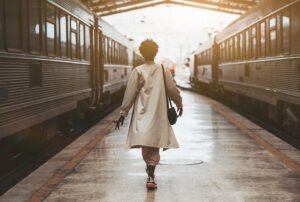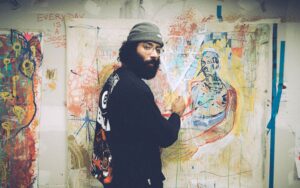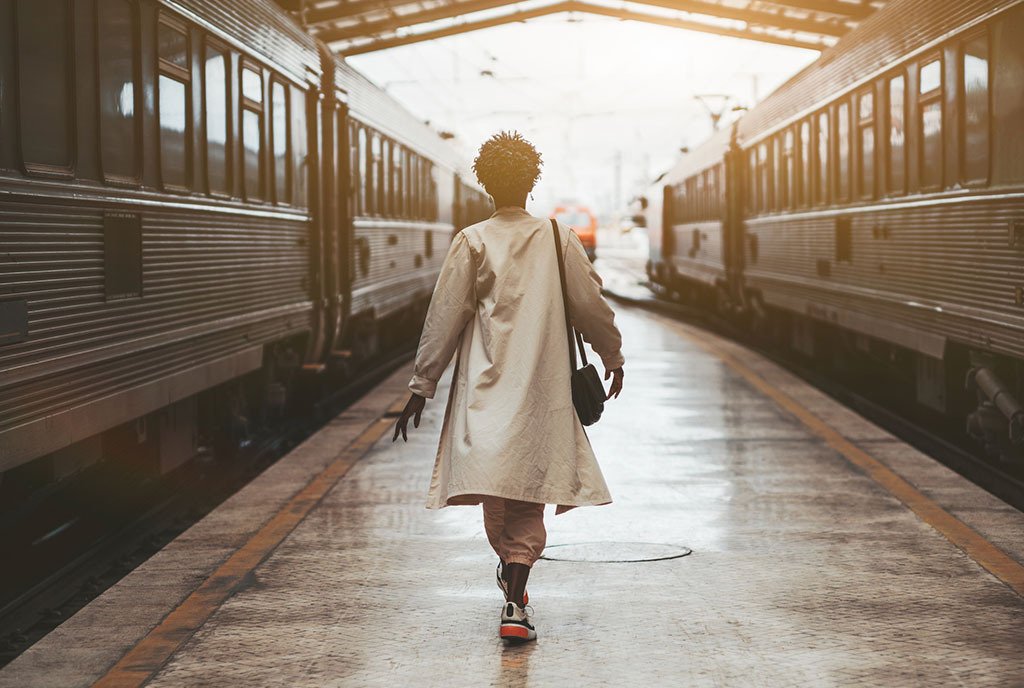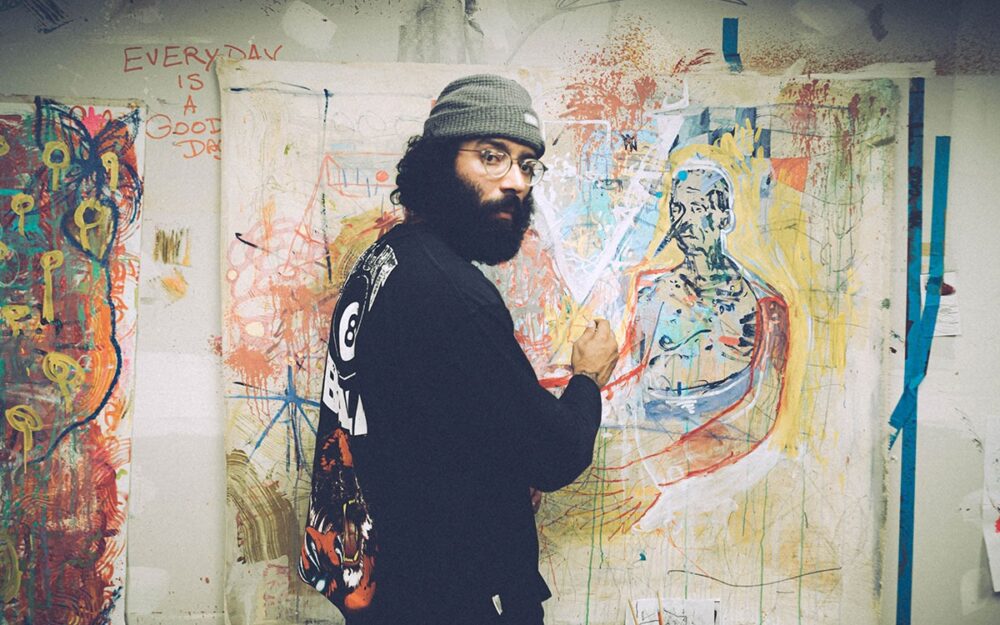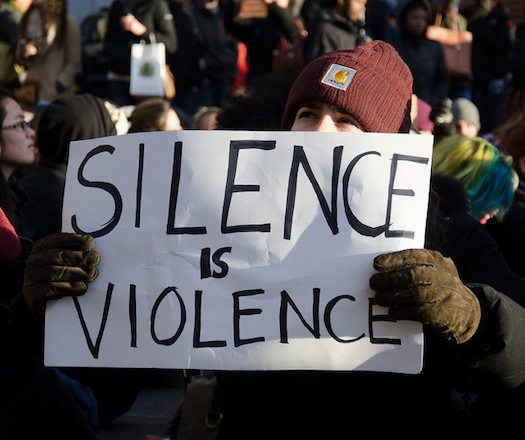
August 19, 2017; National Public Radio, “The Two-Way”
Sometimes, the framing of social issues in the media can make you imagine that things are other than they are. There was a lot of confusion around the rally on Boston Common on Saturday. Scheduled since June, the stated intent of the organizers was addressing issues of “free speech.” Unfortunately, the choice of speakers incited suspicions that it was to provide cover and a forum for white nationalists, and that created its own response.
The small rally went forward, and as around 40 people convened on the Common, they were joined by 40,000 carrying an anti-hate message. It is fair to say that all present were in fact there to exercise their free speech rights, with some few pushing a message of racial division and orders of magnitude more pushing unity.
That distinction is important: Those many thousands of people were not protesting the exercise of free speech—thus, not counterprotestors—but were upholding values of racial equity. This point was made days before the rally by Mayor Marty Walsh, and it is worth remembering because who among us wants to advocate against free speech? On the other hand, if we do not like what others are saying, we can express our own deeply held convictions and show up to do so.
It eventually became a meeting of community, albeit one with many things yet to work out. More than twenty thousand marched in one contingent to Boston Common from the Reggie Lewis Athletic Center in Roxbury; others travelled hours by car and train. No one was seriously hurt and it is probably fair to say few people were really heard (as in actually listening to words) either. The speakers at the original rally had only bullhorns and were unable to make themselves audible in the open commons and with such a large crowd.
Bustle’s description of the women of color who took leadership on the march to the Common shows a now-familiar profile of activists who connect issues in a very broad way. And, as Eddie Sepeda writes, “The women leading the march want more than people walking behind them. They need people doing the work beside them.”
Sign up for our free newsletters
Subscribe to NPQ's newsletters to have our top stories delivered directly to your inbox.
By signing up, you agree to our privacy policy and terms of use, and to receive messages from NPQ and our partners.
“We allowed a very patriarchal idea of leadership to surface for a very long time, and it wasn’t working. Patriarchy is one of the fundamental aspects of white supremacy and white nationalism. Our job is to resist simultaneously,” [Janaya] Khan of Black Lives Matter says. “This iteration of freedom fighters are women, are queer and trans people. [They’re] the disabled.”
Marching across the city doesn’t prove one is an ally to the people most in danger under a fascist government. Being an ally is something that’s earned. “It’s not just what you stand for, it’s who you sit with,” Khan told me.
In the end, though, the day was dramatic, passionate, and low on violence.
Police arrested 27 people during the rally and counter protest, stemming from minor clashes with officers. As the Washington Post’s Wesley Lowery pointed out, that’s 10 fewer than when the Red Sox won the World Series in ‘07. Boston Mayor Marty Walsh expressed gratitude for the peaceful manner in which the city came together, and praised the crowds for their benevolence.
“I want to thank all the people that came out today,” Walsh said. “I want to thank all the people that came out to share…that message of love not hate; to fight back on racism; to fight back on anti-Semitism; to fight back on the white supremacists that are coming to our city.”
Boston certainly has its own longstanding issues with embedded racism. In a throwaway reference, comedian John Oliver joked on his Last Week Tonight show on Sunday that Boston just became nonracist on Saturday. Even so, at least it stood up to speak.—Ruth McCambridge


